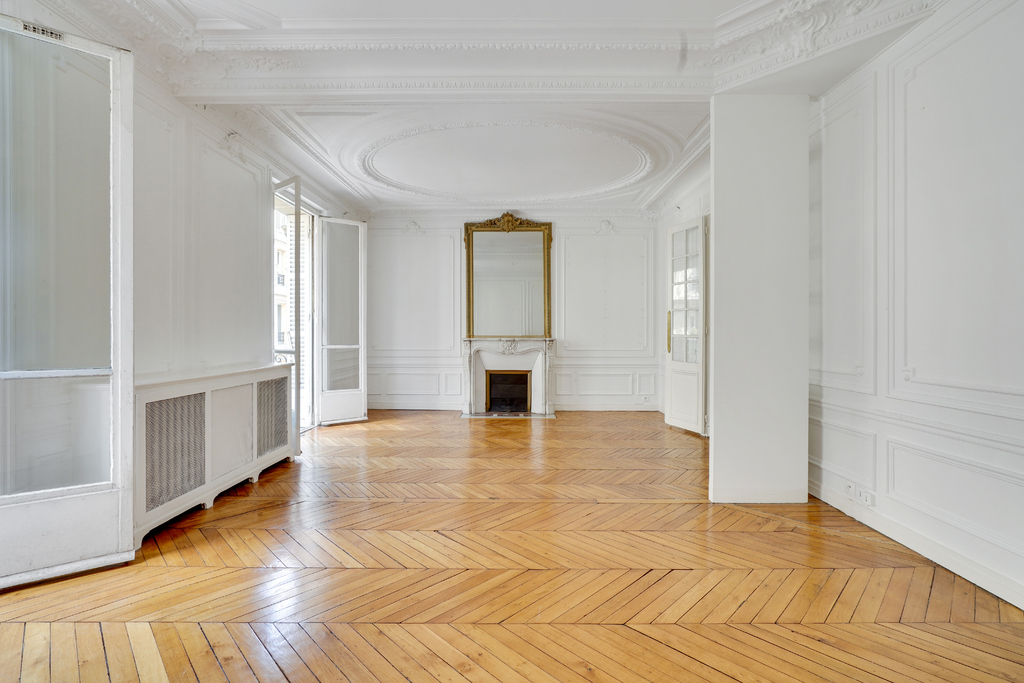With new rules now in effect, fixing Paris apartment energy ratings is a hot topic.
From improving residential insulation to new ventilation and heating systems, it’s the next stage in making Paris a greener city, fit for the future.
But how will these modern demands work with the famous period properties of Paris? We take a look.
Changes to diagnostics in 2023
‘Diagnostics’ are a specific type of property survey used throughout France.
The survey’s official name is the Dossier de Diagnostic Technique (Technical Diagnosis File) or DDT.
All sellers and landlords are responsible for arranging these tests before listing their apartment for sale or rental.
They cover health and safety, and many other aspects of the property. But they have recently become a little more demanding – with new environmental requirements coming into effect on January 1, 2023.
This part of the survey is the Diagnostic for Energy Performance (DPE).
The aim to is make properties more efficient, greener, and to lessen their negative impact on the environment.
We previously reported on these changes in this blog last summer.
What is a thermal sieve?
You won’t find this colander in your kitchen cupboards.
The term ‘thermal sieve’ refers to a dwelling with poor insulation. Literally, the heat escapes out of the property like through the holes in a sieve.
Apartments that are thermal sieves are seeing their value decrease, as restrictions on renting them out are being put in place.
As Paris is mostly made up of period properties, the thermal sieve effect is commonplace. Some reports suggest as many as 66% of all Parisian residences will have this effect – and an energy rating of G, F, and E.
These lower energy ratings can also impact the price of the property – up to 15% lower than an apartment rated A, for example
But adding modern features to the façade of a building to combat heat loss from the roof often goes against the city’s guidelines for preserving the special look of the Parisian skyline.
We asked a source at the National Association of Building Architects of France (ANABF) whether they will be flexible about insulation work that affects the aesthetics of building exteriors. Their answer?
“Absolutely not.”
So how will owners and landlords deal with this catch-22?
We spoke to a diagnostics expert for some answers.
Advice from a diagnostics expert
We contacted the trusted professionals at Immo Diag France, a specialist in Parisian diagnostics. Director Francisco Jimenez gives the following advice.
“When working to improve a DPE, you must consider three characteristics of the property – the heating system, the ventilation, and the insulation.
“Every property is different, especially in Paris. But examples of work to improve the rating are insulating the interior walls, changing the windows, and installing a new hot water tank and lower-temperature radiators.”
Some property owners may be reluctant to insulate from the inside. It can reduce space, and potentially hide period features such as cornices, unless more detailed construction work preserves them.
Mr. Jimenez says, “But insulation from the inside is often the most practical way to obtain a better energy score. Homeowners may have to choose between the energy performance of their home, and its interior aesthetics.
“If we add interior insulation to outside walls only, and 5 cm of basalt insulation to a wall sized 5 m², that would amount to an overall floor plan reduction of 0.25m². As for cost, this could be around €2000 per 5 m².
“An expert can give a precise estimate of floor plan changes and costs, depending on the property.”
Finding a solution for your property
Despite the challenges of making these adaptions to period properties in Paris, Mr. Jimenez is confident the solutions are out there.
“These regulations are not going to be flexible, even with the challenges of period apartments in the capital. For the vast majority of properties, solutions are available to move the energy score into the acceptable range.”
Other solutions include installing a new Controlled Mechanical Ventilation system to evacuate humidity from the property. Or replacing an old heating system with a super-efficient modern one.
All can have a culminative effect to greatly improve the DPE of a property.
How much will fixing Paris apartment energy ratings cost?
Some changes to improve your energy ratings are fairly modest.
New lower-temperature radiators can cost as little as €200 each. And new efficient windows can be between €400 and €700 each.
A Controlled Mechanical Ventilation system comes in at around €900.
Bigger changes cost more – a new gas condensing boiler can cost up to €6000. While interior wall insulation can vary from €20 to €50 per square meter.
All these prices are a general guideline only.
Get in touch with 56Paris
The team at 56Paris are real estate experts with extensive knowledge about the selling and rental markets.
So if you want to talk about fixing Paris apartment energy ratings, please don’t hesitate to get in touch. We can also put you in touch with our partners for tailored advice for you and your property.
You can also follow our social media accounts via Facebook, Twitter, Instagram, and Pinterest. for the latest news and updates.
